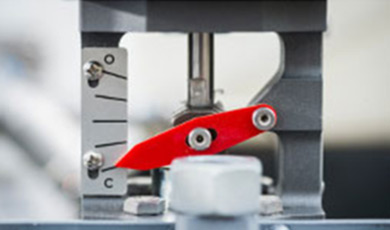- Albanian
- Arabic
- Belarusian
- Bengali
- Czech
- English
- French
- German
- Hebrew
- Hungarian
- Indonesian
- irish
- Italian
- Japanese
- kazakh
- Persian
- Russian
- Thai
- Uzbek
- Vietnamese
The Evolution of the First Roller Coaster in Amusement Park History
The First Roller Coaster A Journey Through History and Thrill
The thrilling experience of riding a roller coaster is a staple in amusement parks around the world, drawing millions of adrenaline junkies each year
. However, the origins of this exhilarating ride can be traced back to the 17th century, with the invention of the first roller coaster, which laid the foundation for the modern amusement rides we enjoy today.The history of roller coasters begins in Russia, where the Russian Mountains, as they were known, featured wooden ramps covered in ice. These early structures allowed riders to slide down the icy slopes on sleds, offering a thrilling experience that combined speed with the exhilaration of height. The most famous of these Russian Mountains was the Mamonov Hill, built in the 16th century, and it became a popular attraction for locals and travelers alike.
As the concept of roller coasters spread to Europe, particularly France, they evolved from merely icy slides to more complex wooden structures. It was in the early 19th century that the first proper roller coaster was constructed in Paris. The Promenades-Aériennes opened in 1817 and featured a series of gentle hills and dips, designed to provide riders with a sense of adventure while ensuring their safety. This marked the beginning of roller coasters as we know them today.
In the United States, the first true roller coaster that closely resembles our modern designs debuted in Coney Island in the 1880s. The Switchback Railway, designed by LaMarcus Adna Thompson, was a revolutionary attraction. Standing at a height of just 50 feet and featuring a series of gentle inclines and declines, the Switchback Railway transported riders at a speed of about six miles per hour. While this might seem slow by today's standards, it captivated the imaginations of thrill-seekers at the time and set the stage for the future of roller coasters.
the first roller coaster

As the 20th century approached, roller coasters began to incorporate more intricate designs and engineering feats. The advent of steel allowed for steep drops and loops, ushering in a new era of adrenaline-inducing experiences. The Cyclone at Coney Island, built in 1927, became a symbol of this transformation. Its combination of high speeds, sudden turns, and steep drops made it one of the most famous roller coasters of its time, still being celebrated by coaster enthusiasts today.
The roller coaster industry continued to flourish throughout the 20th century, with innovations like the tubular steel track introduced in the 1970s. This design not only improved safety but also allowed for loops, corkscrews, and other thrilling variations. The Shockwave, which opened at Kings Dominion in Virginia in 1986, showcased this innovation with its double-loop design, captivating riders with unprecedented thrills and leaving them breathless.
As we moved into the 21st century, roller coasters only grew more daring and technologically advanced. With the introduction of computer-aided design, manufacturers began to create ride experiences that pushed the limits of physics. The Fury 325, opened in 2015 at Carowinds in North Carolina, became a benchmark for coaster enthusiasts, featuring a height of 325 feet and speeds exceeding 90 miles per hour.
Today, roller coasters are an essential part of the entertainment landscape. They are not just rides but experiences that challenge boundaries and evoke emotions. From their icy beginnings in Russia to the towering steel giants of today, roller coasters have come a long way, representing the perfect blend of artistry, engineering, and thrill-seeking.
In conclusion, the first roller coaster may have started as a simple wooden ramp or an ice slide, but it marked the inception of an entire industry built on excitement and adventure. The evolution of these thrilling rides reflects the timeless human desire to seek out new heights and experiences, ensuring that roller coasters will continue to captivate audiences and inspire future innovations for generations to come.
-
Flume Ride-Hebei Zhipao Amusement Equipment Manufacturing Co., Ltd.|Thrilling Water Attraction&Customizable DesignJul.30,2025
-
Flume Ride - Hebei Zhipao Amusement Equipment | Water Coaster, Thrilling DescentJul.30,2025
-
Flume Ride - Hebei Zhipao | Thrilling Water AttractionJul.30,2025
-
Flume Ride: Thrilling Water Attraction by Hebei Zhipao|Log Flume Manufacturers&Flume Ride DesignJul.30,2025
-
Flume Ride-Hebei Zhipao Amusement Equipment Manufacturing Co., Ltd.|Thrilling Water Coaster, Safe DesignJul.30,2025
-
Flume Ride-Hebei Zhipao Amusement Equipment Manufacturing Co., Ltd.|Thrilling Water Attraction, Safe DesignJul.30,2025
